Description
The Jam Pedals Dyna-ssor Bass Compressor Pedal is in New condition and made by Jam Pedals , it is just a great Pedal Compressor Bass Dyna-ssor Pedals Jam Guitar Effect Pedal- Jam Pedals Dyna-ssor Bass Compressor Pedal . Available from Just Pedals for only £ 159 + delivery. Read More for details, demos & to order securely online.
About JAM Pedals
We have one of the largest online selection of new and used JAM Pedals music gear. If you are looking for your next pedal, we will have it online at JustPedals with fast delivery direct to you at home. Every item on the JustPedal menu is delivered by sellers to all areas of the USA & UK.
JAM Pedals is a boutique guitar effects pedal company based in Greece, known for its hand-built, vintage-inspired designs.
Founded by George and Vicky Nikas in 2007, the company has earned a reputation for creating pedals that offer warm, analogue tones reminiscent of classic sounds from the ’60s and ’70s. JAM Pedals are distinctive for their artistic, hand-painted enclosures and meticulous craftsmanship.
The company’s product lineup includes a variety of effects such as fuzz, overdrive, delay, and modulation pedals, all of which are designed to provide rich, dynamic soundscapes. JAM Pedals are highly regarded by musicians for their unique combination of creativity, quality, and tonal authenticity.
Bass
In the realm of guitar effects, “bass” pedals are designed specifically for bass guitars, enhancing their low-end frequencies and allowing bassists to shape their tone and explore new sonic possibilities. These pedals cater to the unique characteristics of the bass guitar and provide various effects to modify its sound. For instance, overdrive and distortion pedals add gain and saturation, giving the bass a gritty or distorted tone. Compression pedals help even out dynamics by smoothing out the volume of loud and soft notes, resulting in a consistent and punchy sound. EQ pedals enable bassists to sculpt their tone by boosting or cutting specific frequencies, allowing them to emphasize certain parts of the sound or compensate for room acoustics.
Other popular bass effects include envelope filters, which produce dynamic filter sweeps in response to playing dynamics, adding rhythmic groove to bass lines. Octave pedals generate harmonies one or two octaves below the original note, creating a fuller and more powerful sound. Modulation effects like chorus, flanger, and phaser add depth and movement by modulating the pitch or phase, creating swirling textures and enhancing the overall presence of the bass line. Lastly, delay and reverb pedals introduce ambience and spatial depth, adding echoes and reflections that enhance the sense of space in music. These diverse effects allow bassists to expand their sonic palette and express their creativity in numerous ways.
Compressor
A compressor pedal is an essential tool used in guitar playing to control the dynamic range of the instrument’s signal. Compressors work by reducing the volume of loud sounds and boosting the volume of softer sounds, effectively narrowing the dynamic range of the guitar signal. This results in a more consistent and sustained sound, with smoother transitions between notes and chords.
Here are the key features and functions of a compressor pedal:
1. **Threshold**: The threshold control determines the level at which the compressor begins to engage. Signals above this threshold are compressed, while signals below it remain unaffected.
2. **Ratio**: The ratio control determines the amount of compression applied to the signal once it exceeds the threshold. For example, a ratio of 4:1 means that for every 4 dB the input signal exceeds the threshold, the output signal will be limited to 1 dB increase. Higher ratios result in more aggressive compression.
3. **Attack**: The attack control sets how quickly the compressor responds to changes in signal level once it exceeds the threshold. A fast attack time will clamp down on peaks more quickly, while a slower attack time allows more transient peaks to pass through unaffected.
4. **Release**: The release control determines how quickly the compressor returns to its normal state after the signal falls below the threshold. A shorter release time will result in quicker recovery to normal signal levels, while a longer release time provides more sustain and a smoother overall sound.
5. **Level (or Output)**: This control adjusts the overall output level of the compressed signal, allowing you to match the compressed signal with the rest of your effects chain or amplifier.
Compressor pedals offer several benefits to guitarists:
– **Increased Sustain**: By levelling out the volume of notes and chords, compressors can extend the sustain of the guitar signal, making notes ring out longer and creating a smoother, more consistent sound.
– **Improved Note Clarity**: Compressors can help even out the volume levels of individual notes within chords, making them sound more balanced and defined. This is particularly useful for fingerstyle playing or intricate picking techniques where note clarity is crucial.
– **Enhanced Dynamics**: While compressors reduce the dynamic range of the signal, they can also enhance the perceived dynamics by bringing quieter passages up in volume, resulting in a more expressive and responsive playing experience.
Overall, compressor pedals are valuable tools for guitarists seeking to control their instrument’s dynamics, increase sustain, and achieve a more polished and professional sound. Whether used subtly to smooth out peaks or aggressively to add punch and presence, compressors can significantly enhance your guitar tone and playing experience.
Guitar Effect Pedal
A guitar pedal, also known as an effects pedal, is a device used by guitarists to alter the sound of their instrument in various ways. These pedals are typically small, foot-operated units that are connected in a signal chain between the guitar and the amplifier. They can modify the guitar’s tone, pitch, and dynamics by applying different effects such as distortion, reverb, delay, chorus, and more. Guitar pedals come in both analog and digital formats, and they allow musicians to create a wide range of sounds, enhancing their musical expression and creativity. They are essential tools for guitarists in genres ranging from rock and blues to jazz and electronic music.
New
Just New products for sale, unused, and in their original packaging. They come with a protected seller guarantee and include manufacturer warranties. Read more for additional details.
Pedal
A pedal is an electronic device that alters the sound of an electric guitar by applying various effects. Pedals are typically connected in a series between the guitar and amplifier, allowing guitarists to switch effects on and off with their feet while playing.
This enables musicians to quickly and easily change their sound, adding versatility and creativity to their performances.
Pedals are essential tools in many musical genres, including rock, blues, jazz, and metal, allowing artists to craft distinctive and dynamic soundscapes.
Once you buy one, you can’t stop and then you have to sell them and buy more.
Pedals
£160.75
The Package heigt of the product is 2.5 inches The Package Length of the product is 5.5 inches The Package Width of the product is 4.5 inches International products have separate terms, are sold from abroad and may differ from local products, including fit, age ratings, and language of product, labeling or instructions.
£175.00
Cht constant headroom technology for clear, clean performance. True bypass. Sounds great on guitar. Lightweight aluminum-housing pedal Made in benicia, californa
£97.95
Output and sensitivity foot control knobs Led on/off indicator In-line compressor “evens out” the signal to your amplifier. Useful for increased sustain with stable dynamics. Made in benicia, californa
£24.99
Get super-smooth compression and endless sustain Compress loud and boost low signals without degrading the original sound Dedicated Level, Tone, Attack and Sustain controls for awesome sound shaping Status LED for effect on/off and battery check Runs on 9 V battery or the Behringer PSU-SB DC power supply (not included)
£124.99 £103.95
Classic MXR compression in a space-saving mini housing Features rare CA3080 “metal can” integrated circuit (IC) for quieter operation, greater transparency, and increased dynamic range All-new attack switch toggles between slow and fast attack times Model Number: M291
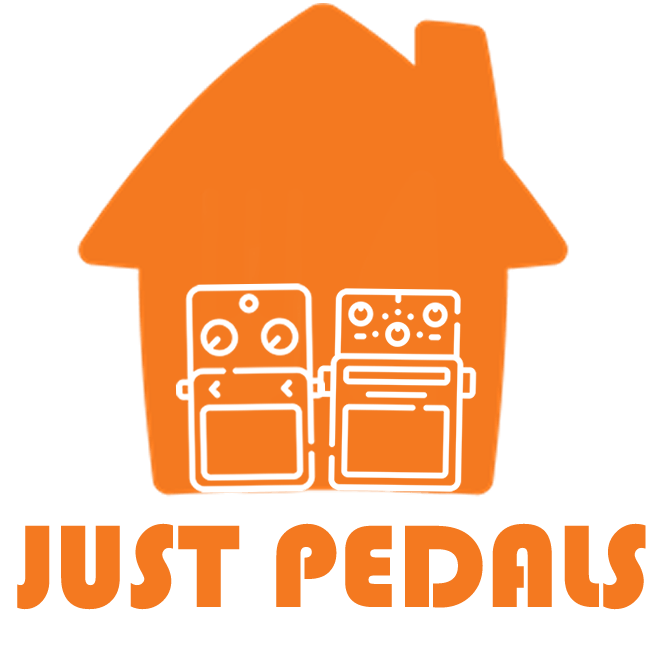
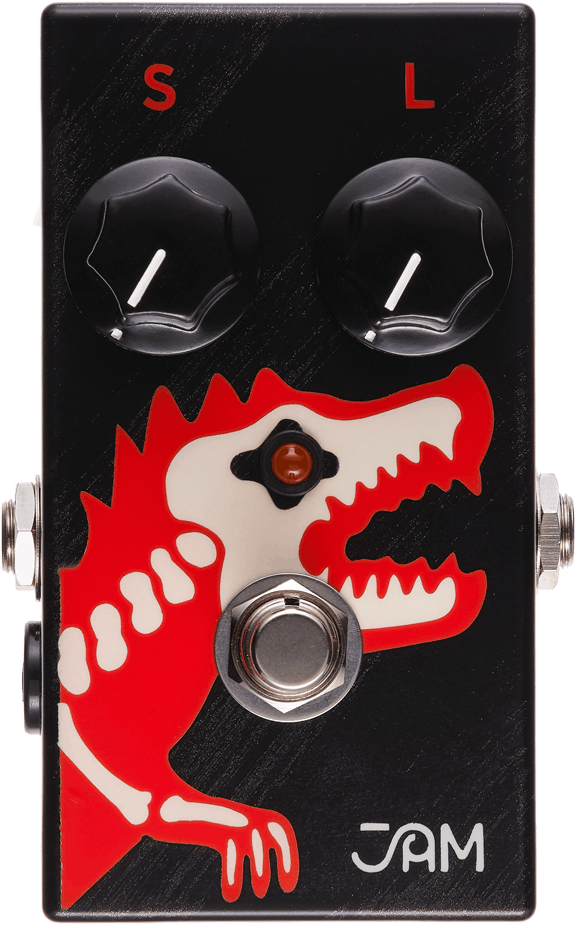
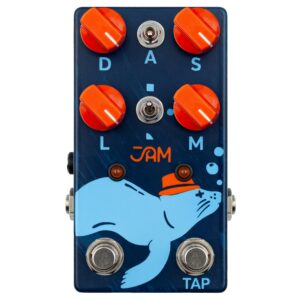
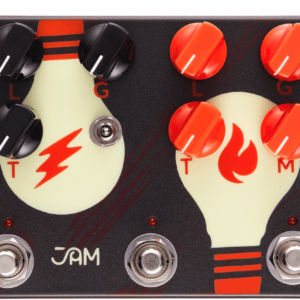
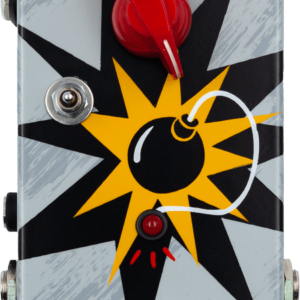
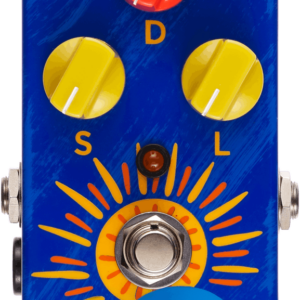
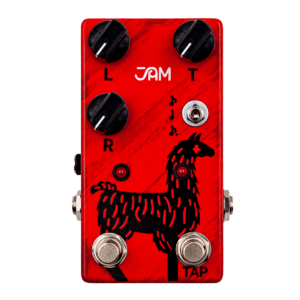

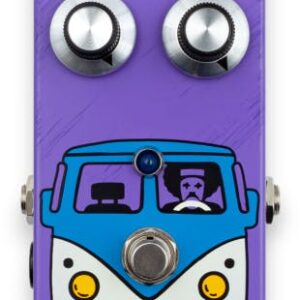
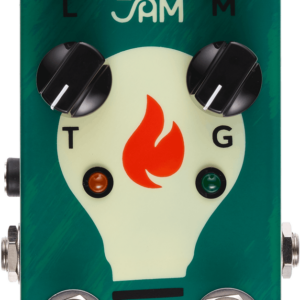
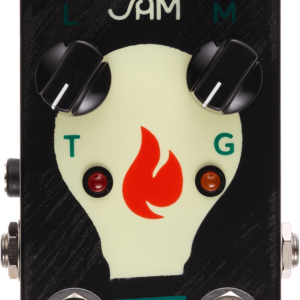
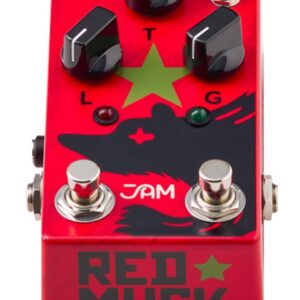
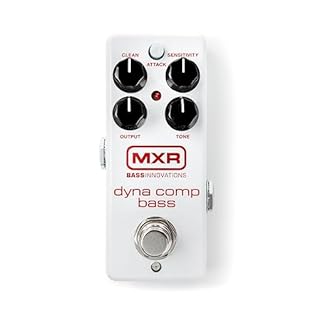

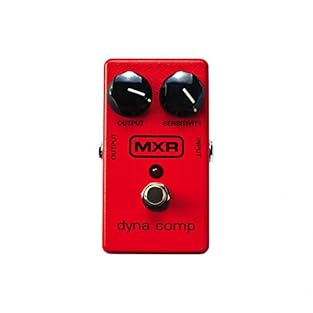


Reviews
There are no reviews yet.